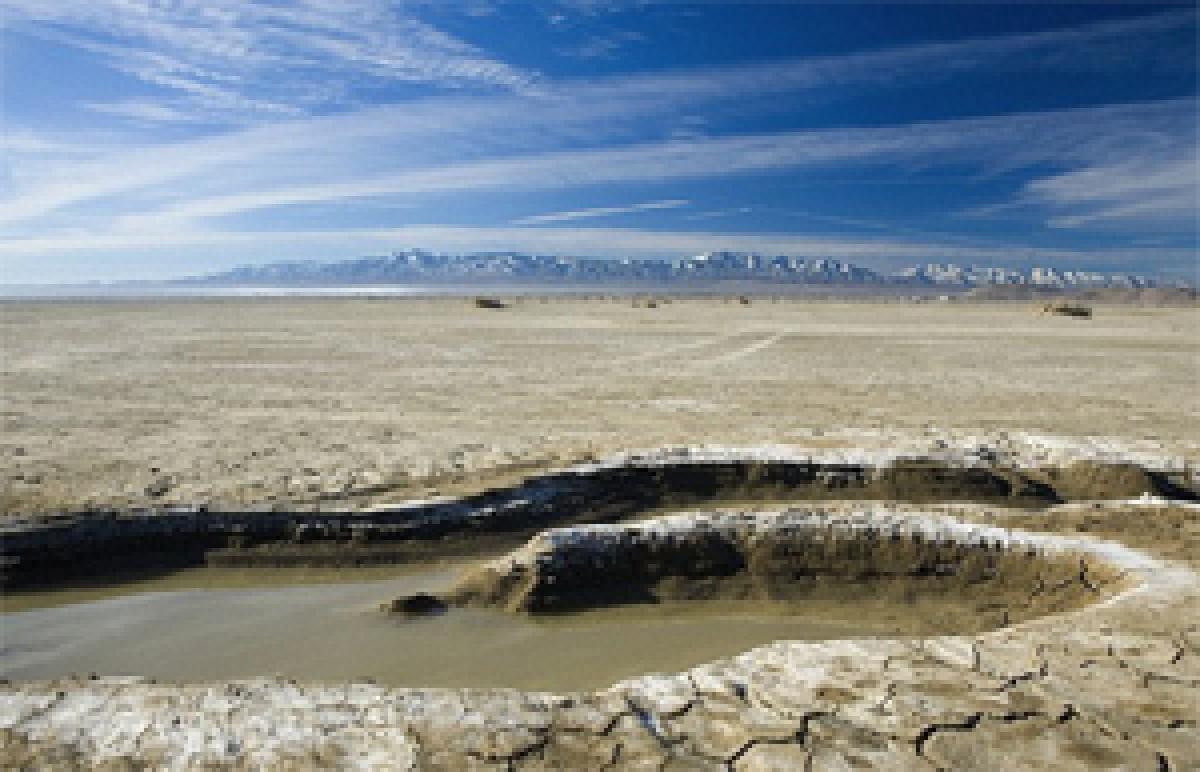Live
- Lebanese PM calls for pressure to halt Israeli ceasefire violations
- Last day of Bihar Assembly Winter Session likely to be stormy
- 20 killed after boat capsize in Cameroon
- Share market opens in green, media and pharma stocks shine
- Gold rates in Delhi today surges, check the rates on 29 November, 2024
- Gold rates in Hyderabad today surges, check the rates on 29 November, 2024
- Gold rates in Vijayawada today surges, check the rates on 29 November, 2024
- Gold rates in Visakhapatnam today surges, check the rates on 29 November, 2024
- Gated communities care two hoots about SEEEPC survey in Hyderabad
- Chandrababu to visit Anantapur for NTR Bharosa pension fistribution tomorrow





.jpg) London: The first spark that triggered life on the early Earth may have occurred in an environment similar to a drying puddle, researchers, including one of Indian-origin, suggest.
London: The first spark that triggered life on the early Earth may have occurred in an environment similar to a drying puddle, researchers, including one of Indian-origin, suggest.



